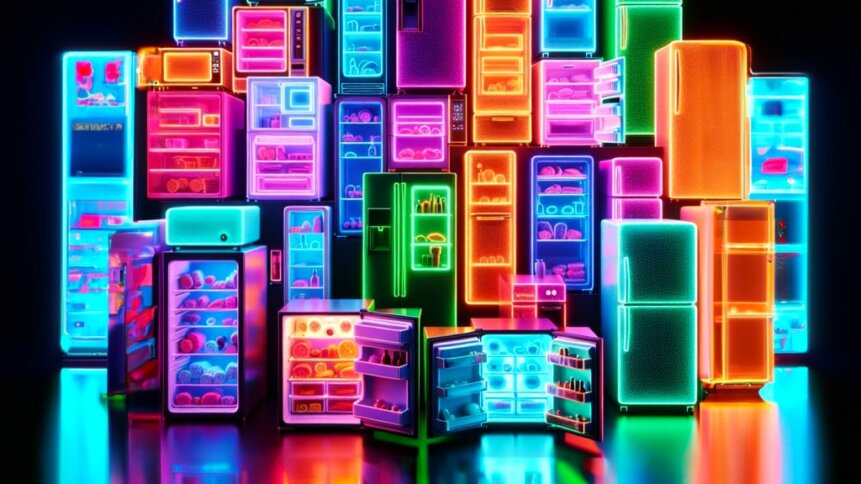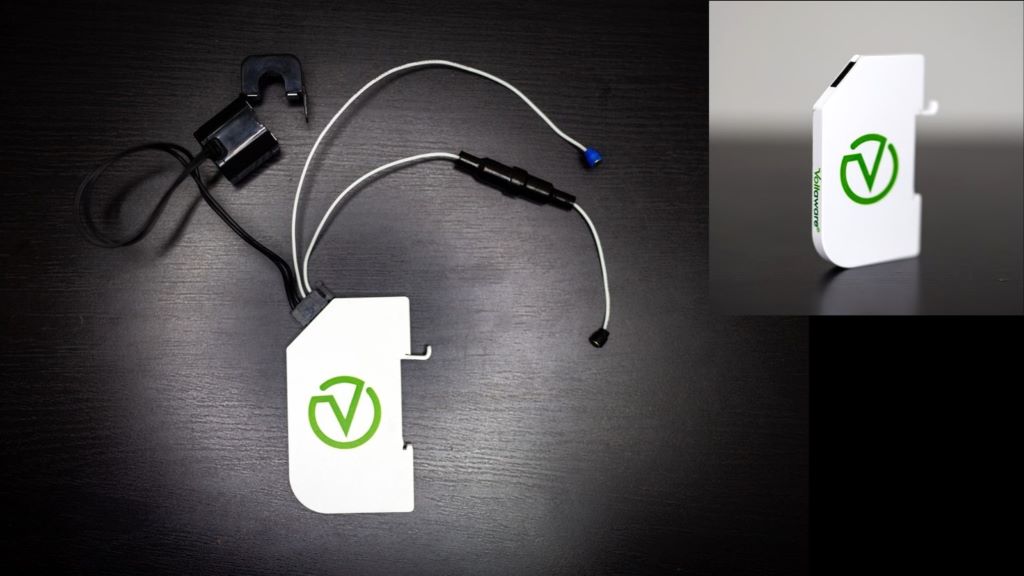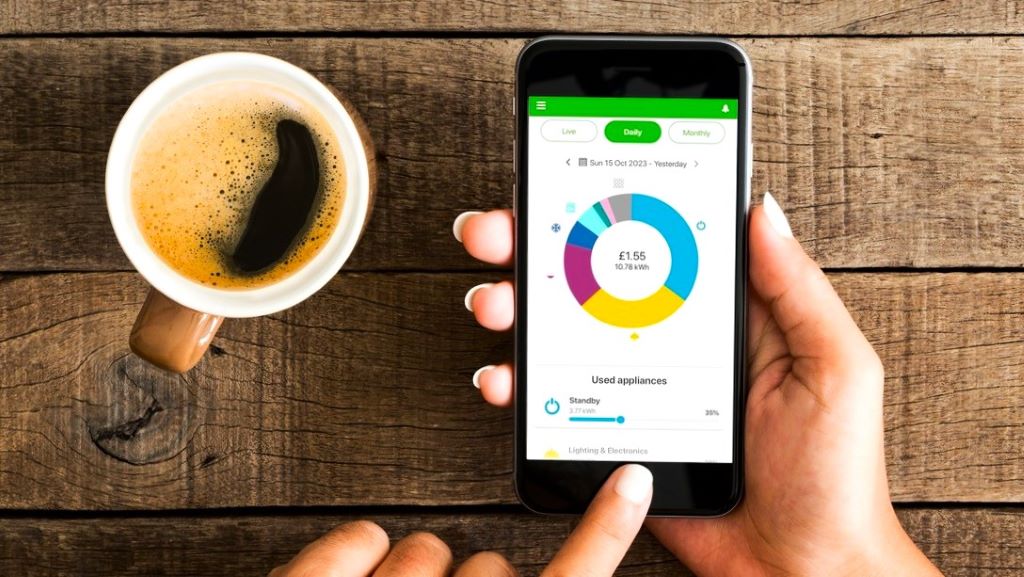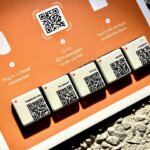Energy tip: appliance signatures cut electricity bills by 30%

|
Getting your Trinity Audio player ready...
|
• Your electricity bill – at home and at work – is probably higher than it needs to be.
• Energy disaggregation technology can help by pinpointing inefficient appliances in your network.
• It’s an easy way of monitoring your power spend in times of economic uncertainty.
Energy disaggregation might not be the first phrase that you’d type into a search engine – or use to prompt your generative AI assistant – to discover how to save money on your electricity bill. However, if you do, it soon becomes clear how the approach leads to energy savings for users.
Business owners may be interested to know that energy disaggregation – which breaks down power consumption by appliance or into usage categories – has been used for some time by chain restaurants such as KFC and Dunkin’ Donuts.
Understanding your electricity bill
Chain restaurants tend to have the same appliances in each location, which simplifies the data analytics. But today, energy disaggregation firms such as Voltaware have appliance libraries capable of recognizing a huge variety of electrical goods based on power consumption signatures.
So-called ‘Non-intrusive Load Monitoring’ (NILM) works by deciphering the various appliances operating in the home or at a workplace from power consumption data, which can be captured using a clip-on current transformer (CT) sensor.

Sensor kit: Voltaware’s hardware features a current clamp, voltage sampling cables, and wireless electronics. Image credit: Voltaware.
The CT sensor is clamped around the line cable between the electricity meter and the fuse box. It detects power consumption through changes in the magnetic field around the wire carrying the mains supply together with voltage sampling across the circuit breaker.
Firms helping businesses and consumers to reduce their electricity bill
Speaking with TechHQ, Sergey Ogorodnov – CEO and co-founder of Voltaware – commented that users typically save around 30% on the cost of their electricity bill using the firm’s sensor and companion app. The company has been providing electricity monitoring services to corporate customers for several years and has recently launched a smart home product for the B2C market.
The sensor, which is non-intrusive and quick to connect, should be installed by a qualified professional, given that it’s measuring mains power. And once it’s up and running, the energy disaggregation solution has a number of advantages over using a smart socket, including being able to categorize electricity consumption throughout the whole premises.
“The main advantage is that users can see where the majority of their money is going,” said Ogorodnov, pointing out how energy disaggregation helps consumers prioritize savings on their electricity bill.
Voltaware’s data is displayed on a companion app, which is available for iOS and Android devices. When users run the app for the first time, they are prompted to enter basic details about the property so that the algorithm can provide not just a breakdown of local energy use, but also benchmark that performance. “A monthly report is available in the app and can be sent via email,” Ogorodnov adds.
According to the firm, the most common disaggregated electrical appliances and usage types are air conditioning, boilers, cooking, EV charging, fridges, electric heating, heat pumps, lighting and electronics, dishwashers, washing machines, tumble dryers, standby/always-on products, kettles, and electric showers.
Predictive maintenance for home appliances
On TechHQ we’ve written about how self-powered Bluetooth sensors in clothes could interact with users – for example, by alerting them to items they’ve not worn in a while. And similarly, disaggregated appliance data could prompt users when a product may benefit from repair or servicing, based on changes in power consumption.

App data alerts users to vampire devices that consume large amounts of power on standby and switching off these appliances will help to reduce your electricity bill. Image credit: Voltaware.
NILM isn’t a new idea – a PhD thesis by Daniel Kelly of Imperial College’s Department of Computing (available to read online) offers a great description of the field. And he points to resources such as an open source toolkit for NILM and links to open energy monitoring hardware.
However, firms such as Voltaware are extending what’s possible using the data and opening the door to applications beyond being able to reduce your electricity bill. For example, Ogorodnov shares details on Voltacare – the energy insights firm’s monitoring solution for the elderly and people with critical conditions.
Rather than having to use additional hardware beyond the power monitoring sensor, energy disaggregation can be leveraged to send an alert to a relative or carer when behavior that’s out of routine is detected. According to the firm, Voltacare offers an unobtrusive, privacy-friendly, and simple way of checking that elderly parents are active in their home.
3️⃣But it's not just about numbers. We explored solutions for making these predictions understandable and user-friendly. 💬📊 #xAI
As a bonus, we discussed beyond the competitions – think energy disaggregation, demand response programs, and more! 🏡🔌
— Direnc Pekaslan (@DirencPekaslan) November 8, 2023
Once the algorithm has learned the typical appliance routines in the home, it can generate two levels of alert – caution and critical – based on differences from baseline values.
Power consumption readings are useful for more than just helping consumers to reduce electricity bills. Ogorodnov gives an example of how anonymized data could help to plan the location of public EV chargers.
Also, he makes the point that other data feeds add to the picture. Weather and time-of-day information can help energy disaggregation algorithms to separate cooking from heating, when assigning power consumption to usage categories.
The National Grid has a WhenToPlugIn app that shows a live carbon intensity forecast and lets users know when the electricity will be cleanest over the next 48 hours. And it’s clear that energy disaggregation tools can tap into this information too.
With the right information at their fingertips, consumers can save on their electricity bill and reduce their carbon footprint. Businesses that make use of resources such as electricity maps can take enterprising approaches to cutting carbon in the cloud.









